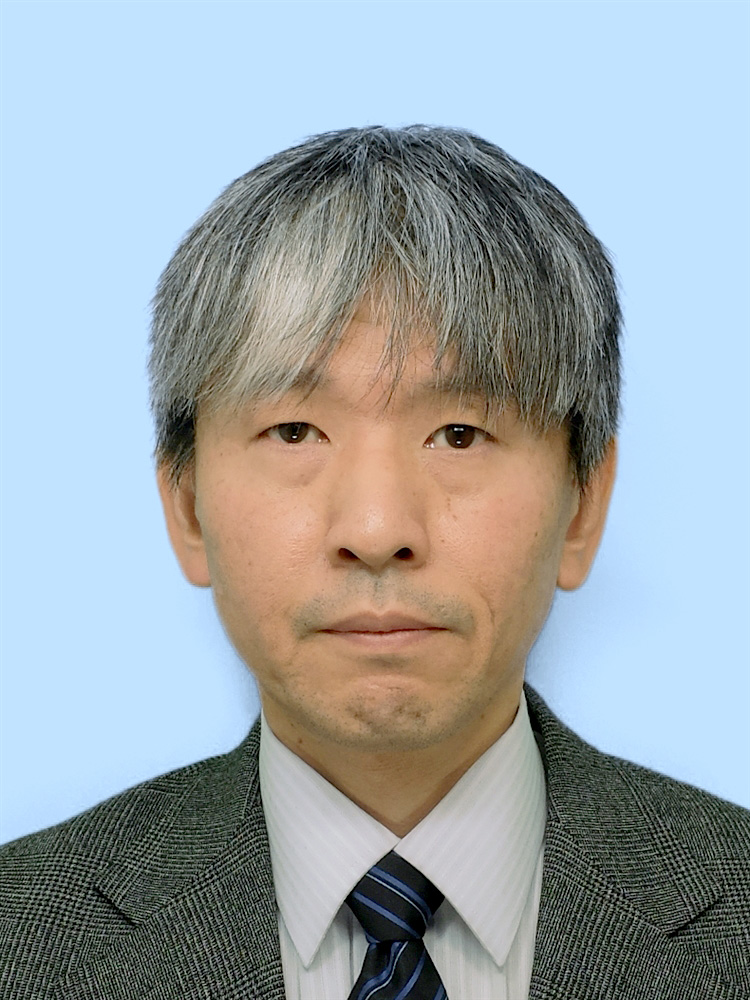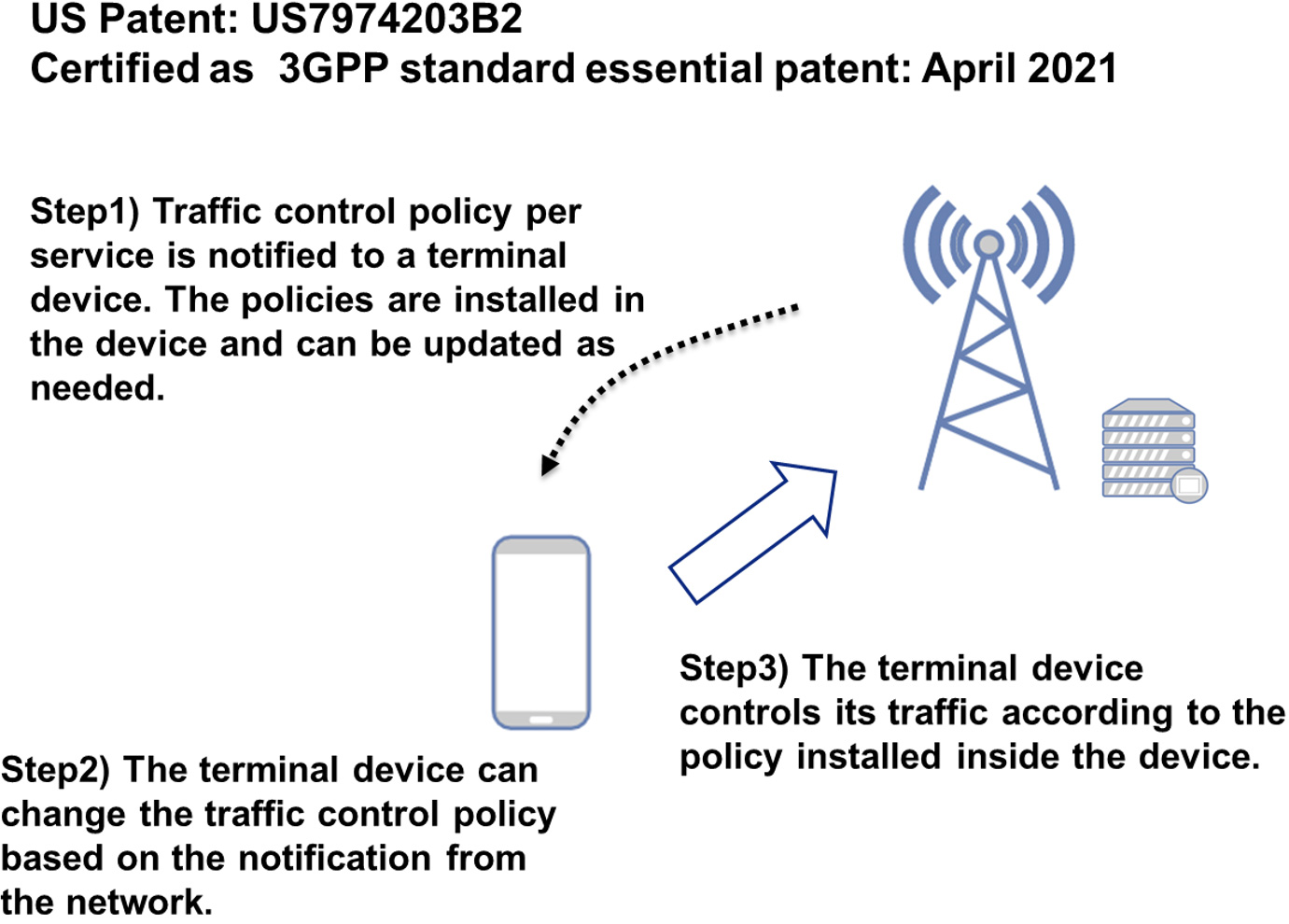Achievement Award
Development of traffic control technology by mobile terminal in cooperation with network



With the explosive spread of the Internet and the emergence of rich content such as video services, the capacity of fixed and mobile networks has had to increase. Network traffic control technology has become vital to provide users with stable, high-quality communication services. Traditional traffic control, which includes admission control and bandwidth management, has been performed centrally by the network. This implies that in the early period of the mobile Internet it was difficult for each terminal device to conduct detailed traffic control according to their respective environments. The award recipients have been researching and developing technologies for autonomous traffic control on the user terminal side according to network conditions and configurations. They have devised a method to realize an efficient traffic control function on the user terminal side while reducing the implementation load by coordinating with the network and server, and introduced their method into mobile terminals and IoT devices. Since network congestion in mobile networks varies depending on time, location, and type of service, equipment which may have insufficient capacity includes wireless access lines, core networks, and/or servers. This situation makes centralized control by the network difficult to manage. Thus, autonomous control on each terminal device according to its environment has become necessary. In the proposed method, a node on the network side notifies the terminal device of the traffic control policy, and then the control conditions are configured in the device according to the notified policy. The policy is determined based on the service type in each device. This enables fine-grained control of various rate plans and communication services, and improves the service quality in a scalable manner for a large number of terminal devices.
The award recipients have been engaged in research related to capacity planning for communications networks and modeling of communications traffic (1) (2) (3), and used their expertise to develop traffic control technologies where terminal devices work in cooperation with the network. They developed a method to control communication timing using one-segment broadcasting waves to alleviate simultaneous access to a server triggered by broadcasting content, and conducted the world's first successful field trial of congestion control using commercial broadcast spectrum(4) (5). Furthermore, they implemented a method that autonomously controls bandwidth while estimating the congestion level of the wireless access network, thereby realizing a flat-rate access service for PCs and a flat-rate mobile data communication service. For IoT devices, the timing of data transmission was autonomously controlled based on metrics such as throughput measured at the terminal side. This method was used for collecting a range of weather data which are viewed on the website of weather forecasts. This is highly valuable from the viewpoint of effective use of radio resources by avoiding retransmissions. The network-linked mobile terminal traffic control technology, which is at the core of a series of these efforts, was granted a 3GPP standard essential patent covering 4G (LTE) in April 2021.
The achievements of the award recipients led the way during the early stage of mobile Internet by providing fine-grained autonomous traffic control at the terminal side, which will be necessary in the future. This technology could be implemented in terminal devices to meet diverse needs even in the 5G and 6G eras that will require high-quality services, and its continued development can be expected in the future. This work has enabled many users to enjoy a wide variety of high-quality communications services from the 3G era when the mobile Internet was launched. The achievements are significant both for their technological value and the benefits they have brought to society in general, making them worthy of the Society's Achievement Award.

References
- H. NAKAMURA, H. YOKOYAMA and T. ODA, "A Mechanism for State-Dependent Resource Request Determination in Telecommunication Networks, " IEICE Trans. Commun., Vol. J79-B-I, No. 5, pp.251-261, May 1996.
- H. NAKAMURA and T. ODA, "Optimization of facility planning and circuit routing for survivable transport networks - An approach based on genetic algorithm and incremental assignment," IEICE Trans. Commun., Vol.E80-B, No.2, pp.240-251, February 1997.
- H. FURUYA, H. NAKAMURA, S. NOMOTO and T. TAKINE, "Local Poisson Property of Aggregated IP Traffic," IEICE Trans. Commun., Vol.E86-B, No.8, pp.2368-2376, August 2003.
- H. KOTO, H. FURUYA, H. NAKAMURA, "Adaptive Control Method for Massive and Intensive Traffic in Communication-Broadcasting Integrated Services," Proc. APSITT2005.
- Y. HIEHATA, S. UEMURA, H. KOTO and H. NAKAMURA, "Stabilization in Simultaneous Connections on Servers with Delayed Transmission Control Utilizing Broadcast, " IEICE Trans. Commun. Vol. J95-B, No. 3, pp. 414-424, March 2012.
- T. KITAHARA, M. FUKUSHIMA, Y. KISHI and H. NAKAMURA, "Traffic control system, traffic control method, communication device and computer program," United States Patent, US7974203B2, July 5, 2011.